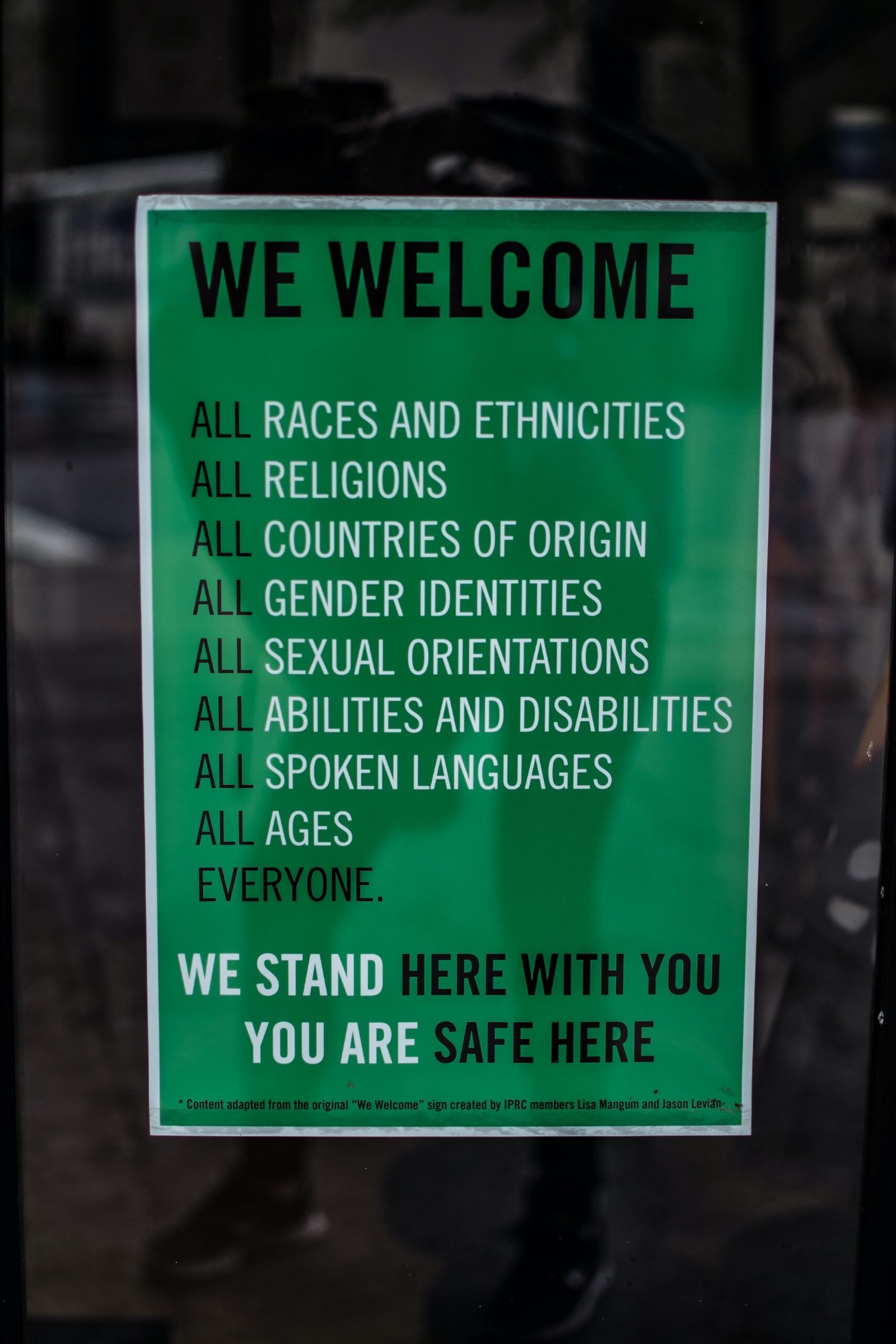Introduction
Creating a diverse, equitable, and inclusive workplace is not only the right thing to do but also a smart business strategy. In today’s globalized and interconnected world, companies that embrace diversity and foster an inclusive culture are more likely to attract top talent, drive innovation, and achieve sustainable growth. In this blog post, we will explore effective strategies that businesses can implement to promote diversity, equity, and inclusion.
Current Trends and Latest News
Before diving into the strategies, let’s take a look at some current trends and news surrounding diversity, equity, and inclusion:
- According to a study by McKinsey & Company, companies in the top quartile for racial and ethnic diversity are 35% more likely to have financial returns above their respective national industry medians.
- In a survey conducted by Glassdoor, 67% of job seekers said that a diverse workforce is an important factor when considering job offers.
- Many organizations are adopting blind hiring practices to reduce unconscious bias in the recruitment process. This involves removing identifying information such as names, gender, and age from resumes.
- Employee resource groups (ERGs) are gaining popularity as a way to support underrepresented employees and foster a sense of belonging.
Strategies for Businesses
1. Develop a Diversity, Equity, and Inclusion (DEI) Policy
Creating a comprehensive DEI policy is the first step towards building an inclusive workplace. This policy should outline the company’s commitment to diversity, equity, and inclusion, as well as specific goals, strategies, and metrics to measure progress.
Example: XYZ Company has developed a DEI policy that aims to increase representation of underrepresented groups in leadership positions by 20% within the next three years.
2. Implement Unconscious Bias Training
Unconscious biases can influence decision-making processes, including hiring, promotions, and performance evaluations. By providing training to employees on unconscious bias, businesses can raise awareness and mitigate its impact.
Example: ABC Corporation conducts regular unconscious bias training sessions for all employees to promote fair and equitable decision-making.
3. Foster an Inclusive Culture
Creating an inclusive culture requires more than just hiring a diverse workforce. It involves fostering an environment where all employees feel valued, respected, and empowered to contribute their unique perspectives.
Example: Company XYZ encourages open and honest communication through regular town hall meetings and anonymous suggestion boxes.
4. Establish Employee Resource Groups (ERGs)
ERGs are voluntary, employee-led groups that provide a platform for underrepresented employees to connect, share experiences, and advocate for inclusivity. These groups can also serve as valuable resources for mentoring and career development.
Example: ABC Corporation has established ERGs for various affinity groups, including LGBTQ+, women, and racial/ethnic minorities.
5. Review and Revise Hiring Practices
Reviewing and revising hiring practices can help mitigate bias and attract a diverse pool of candidates. This can include anonymizing resumes, implementing diverse interview panels, and setting diversity goals for recruitment.
Example: XYZ Company has implemented a blind hiring process, where candidate names and demographic information are removed from resumes during the initial screening stage.
6. Provide Diversity and Inclusion Training for Managers
Managers play a crucial role in creating an inclusive workplace. Providing training to managers on diversity and inclusion can equip them with the necessary skills to lead diverse teams effectively.
Example: ABC Corporation offers leadership development programs that include modules on diversity, equity, and inclusion for managers at all levels.
FAQs
Q: How can diversity benefit my business?
A: Diversity brings a wide range of perspectives, experiences, and ideas to the table, fostering innovation and creativity. It also helps companies better understand and cater to diverse customer needs.
Q: What are the legal requirements for promoting diversity and inclusion?
A: While legal requirements may vary by jurisdiction, many countries have laws that prohibit discrimination based on factors such as race, gender, age, and disability. It is important for businesses to comply with these laws and promote equal opportunities.
Q: How can I measure the success of my diversity and inclusion efforts?
A: Measuring the success of diversity and inclusion efforts can be done through various metrics, such as representation of underrepresented groups in leadership positions, employee satisfaction surveys, and employee turnover rates.
Q: How can I address resistance or pushback from employees?
A: Addressing resistance or pushback requires open and transparent communication. Engage in dialogue, provide education and training, and ensure that employees understand the business case for diversity, equity, and inclusion.
Tips
1. Foster an inclusive environment by actively listening to and valuing diverse perspectives.
2. Regularly review and update your DEI policy to reflect changing societal norms and best practices.
3. Celebrate diversity through events, recognition programs, and employee spotlights.
4. Encourage employees to participate in unconscious bias training and other diversity-related initiatives.
5. Continuously assess and improve your hiring practices to attract a diverse pool of candidates.
Conclusion
Promoting diversity, equity, and inclusion is not just a moral imperative, but also a strategic advantage for businesses. By implementing the strategies outlined in this blog post, companies can create a more inclusive workplace that fosters innovation, attracts top talent, and drives sustainable growth. Embracing diversity is not only the right thing to do, but it also makes good business sense.
Call to Action
Join the movement towards a more diverse, equitable, and inclusive workplace. Share this blog post with others and start implementing these strategies in your organization today. Together, we can create a better future for all.









